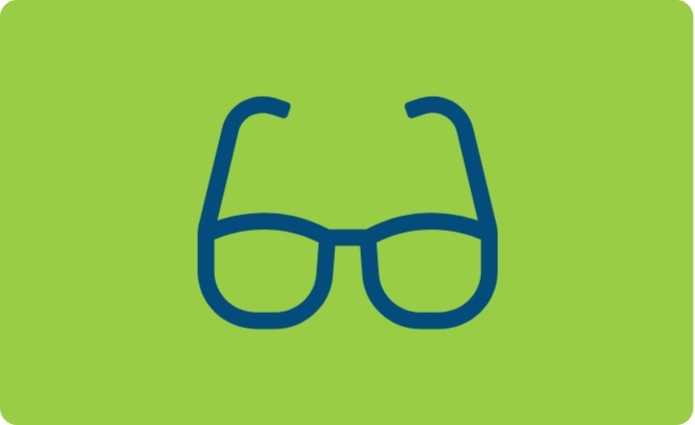
Maximising the Benefits of the Blind Person’s Allowance: A Guide for Business Owners
Maximising the Benefits of the Blind Person’s Allowance: A Guide for Business Owners
This blog explores the Blind Person’s Allowance (BPA) and its implications for different business structures in the UK, including limited companies, sole traders, and partnerships. We’ll cover who qualifies, how BPA interacts with business taxes, and how to claim this valuable allowance.
What is Blind Person’s Allowance?
The Blind Person’s Allowance (BPA) is a tax-free allowance provided by HMRC to UK taxpayers who are registered as blind or severely sight impaired. For the 2023/24 tax year, the BPA is set at £2,870. This allowance increases the amount of income you can earn before paying tax, reducing your overall tax liability.
Who Qualifies for Blind Person’s Allowance?
To qualify for BPA, you must meet one of the following criteria:
- Be registered as blind or severely sight impaired with your local authority.
- If you’re in Scotland or Northern Ireland, you must be on an equivalent register.
- If you’re not on the register but have a severe sight impairment, a doctor’s certification can also make you eligible.
BPA is a personal tax allowance—it applies directly to the individual, not the business. If you don’t earn enough to fully use the allowance, it can be transferred to your spouse or civil partner, making it a flexible tool to reduce household tax liability.
How BPA Impacts Different Business Structures
Sole Traders
As a sole trader, your business income is treated as personal income. The BPA directly reduces your taxable income, which lowers your overall tax bill.
Example:
If your business income is £20,000 and you’re entitled to the Personal Allowance of £12,570, adding the £2,870 from the BPA means your taxable income reduces to £15,440. You only start paying tax once you exceed this amount.
Partnerships
In a partnership, profits are split between partners, with each paying tax on their share. If you qualify for BPA, it applies to your share of the profits and reduces your personal tax bill without affecting your partners’ tax positions.
Limited Companies
For directors and shareholders of limited companies, BPA doesn’t reduce the company’s tax liability, but it does apply to your personal income, such as salary or dividends. This means you can use BPA to optimise your personal tax strategy, particularly when planning how to receive income from the company.
How to Claim Blind Person’s Allowance
Claiming BPA is a relatively straightforward process, but it’s important to follow the correct steps:
1. Inform HMRC
If you haven’t claimed BPA before, you need to notify HMRC of your eligibility. This can be done by:
- Calling the HMRC helpline or writing to them.
- Providing your National Insurance number and evidence of your registration as blind or severely sight impaired.
2. Apply via Self-Assessment
If you file a Self Assessment tax return, you can claim BPA through your return. There’s a section where you can enter the BPA amount, which will be applied to reduce your taxable income.
3. Payroll Adjustments
If you’re an employee or receive a pension, you can ask HMRC to adjust your tax code to include BPA. This ensures the allowance is applied directly through PAYE (Pay As You Earn), reducing the amount of tax deducted from your income over the year.
4. Backdated Claims
If you’ve been eligible for BPA in previous years but haven’t claimed it, HMRC allows you to backdate your claim for up to four tax years. This could result in a refund of any overpaid tax.
5. Transferring to a Spouse or Civil Partner
If your income is below the Personal Allowance threshold and you’re unable to fully utilise the BPA, you can transfer any unused allowance to your spouse or civil partner. Contact HMRC to request this transfer.
Using BPA to Your Advantage
Maximising the Blind Person’s Allowance can provide significant tax savings, especially for small business owners. Here are a few tips to ensure you’re getting the most out of the allowance:
1. Combine with Other Allowances
Use BPA alongside other tax reliefs such as the Personal Allowance and Marriage Allowance. Combining these can greatly reduce your overall tax bill.
2. Plan Your Income
If you’re a sole trader or part of a partnership, carefully structure your income to ensure you’re making full use of the BPA. This might mean adjusting how profits are allocated or managing when and how you receive income.
3. Optimise Dividends and Salary
For limited company directors, consider how you split your income between salary and dividends. Proper planning can help you take full advantage of the BPA while minimising your overall tax burden.
The Blind Person’s Allowance is a valuable tax relief that can significantly reduce your personal tax liability. Whether you’re a sole trader, in a partnership, or running a limited company, BPA can help lower the amount of tax you owe each year. Understanding how to claim this allowance and incorporating it into your overall tax strategy can lead to substantial savings.
If you need help claiming the Blind Person’s Allowance or understanding how it affects your specific business situation, Helpbox is here to assist. Our experts can guide you through the process and ensure you’re maximising all available tax reliefs.
For personalised advice, don’t hesitate to contact Helpbox today. We’re here to help you navigate the complexities of UK tax law with ease.